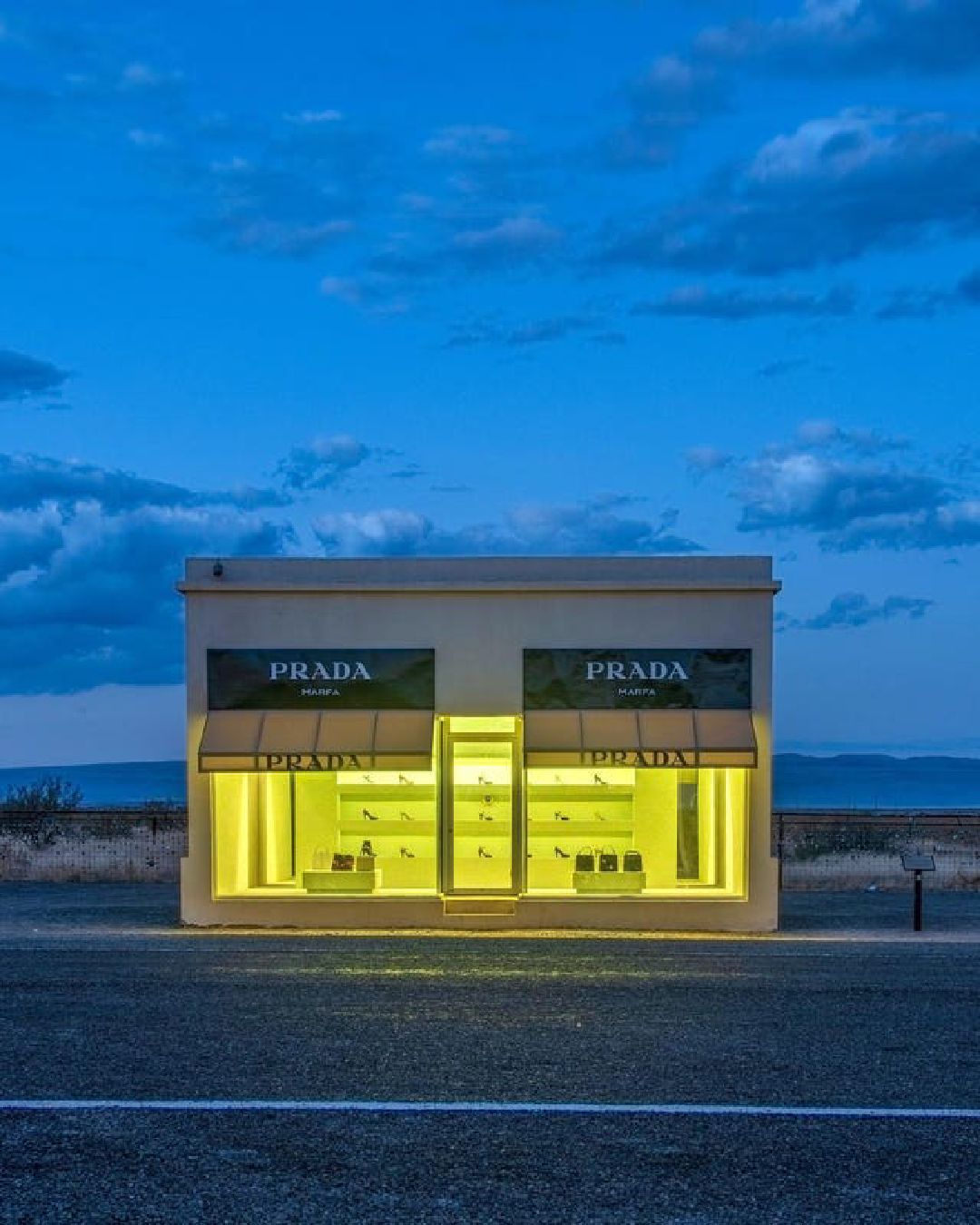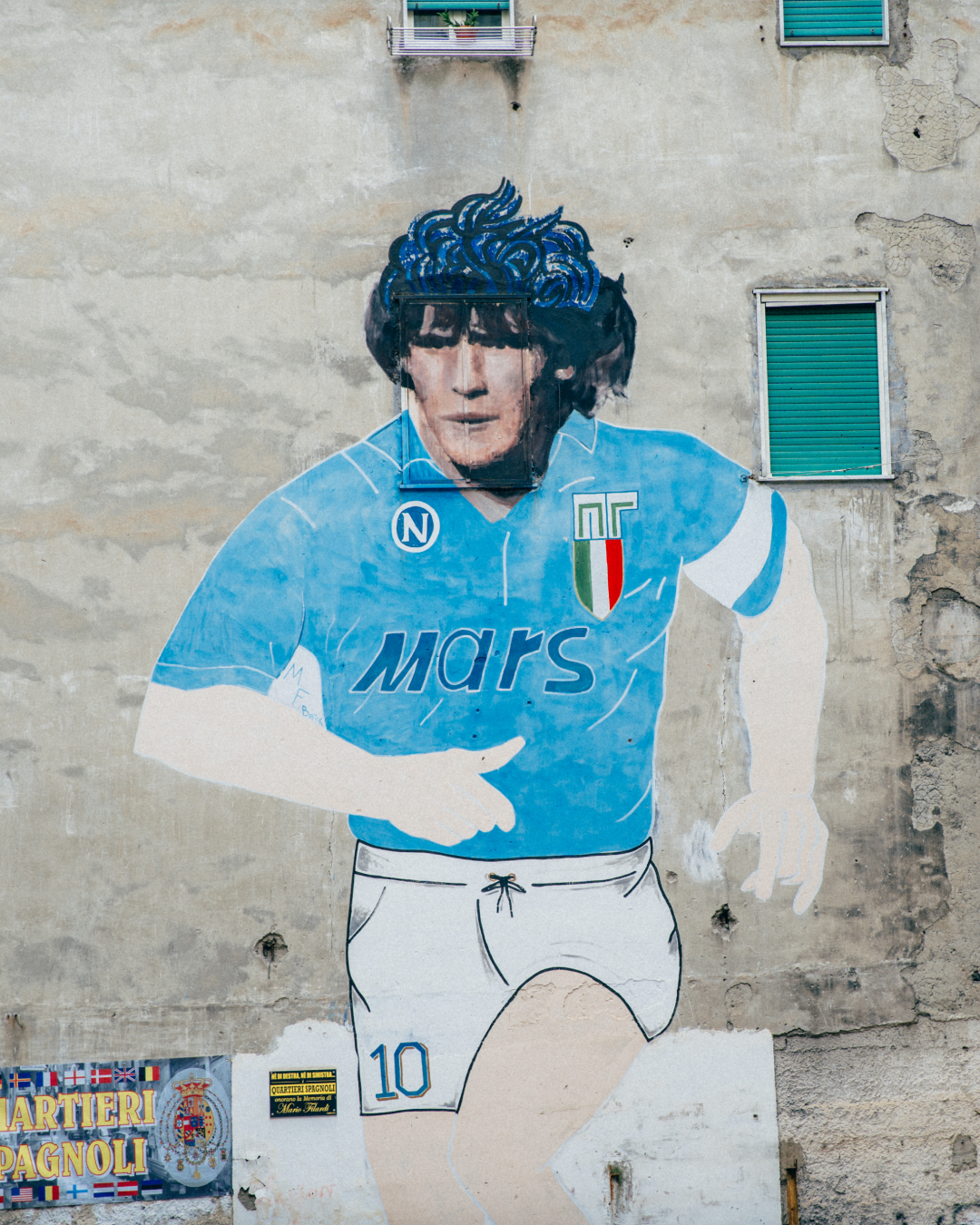
The Prada Marfa boutique has become a problem How a fake shop in the middle of the desert made the city citizens' life worse
Prada Marfa is the famous artwork reproducing a small boutique of the eponymous fashion house in the middle of the Texas desert; it is a permanent installation created - with Miuccia's green light - in 2005 by the Scandinavian artists Michael Elmgreen and Ingar Dragset, where real Prada products are on display - the shoes, however, are all right-handed to avoid theft. The work - thanks to its effective aesthetics, accentuated by the fact that it is located in the middle of nowhere - immediately became very successful; then between 2018 and 2019, after appearing in a photo of Beyoncé shared on her Instagram account, and in an episode of The Simpsons, it became definitively mainstream. Prada Marfa is an installation whose intentions were to criticize consumerism and capitalism, yet it ended up fuelling these very mechanisms; indeed, the work has helped to make Marfa, the small town from which it takes its name (also in the middle of nowhere), a popular tourist destination. With just under 2,000 inhabitants, Marfa is now full of high-end restaurants, hipster bars, and contemporary art galleries. The town, some sixty kilometers from Prada Marfa, is frequented by artists, designers, filmmakers, and the wealthy, an art magazine bears its name and there are numerous exclusive events each season, including a film festival. One resident interviewed by Vanity Fair described it as «a utopia» for East Coast dwellers, while according to journalist Carolina Miranda, who covers the arts and was interviewed about it by NPR, it is «a kind of western-themed Brooklyn outpost.»
Prada Marfa (Texas) pic.twitter.com/A6MrTAoPeo
— J W (@JW_Artscape) July 7, 2020
While Prada Marfa has definitely made this small town known to the general public, there were already some prerequisites that made Marfa an interesting destination, at least for modern art enthusiasts. Until about fifty years ago, Marfa was a slowly declining rural community based mostly on livestock farming. But Donald Judd, a New York architect, and designer considered to be one of the leading exponents of minimalism moved there and soon began placing his installations there, thus attracting a lot of attention to the town. Judd also collected the works of other artists, including Robert Irwin, Carl Andre, and Roni Horn, and in this way, Marfa soon became a destination for artists and people interested in contemporary art. A resident of Marfa, speaking to the American newspaper Axios, said that Judd's intention was to settle in a secluded place and not to attract tourists; the former director of the Chinati Foundation, the museum founded by Judd in Marfa in 1986, added that the artist did indeed have the ambition to contribute to the town's economy, but not through tourism, but with more pragmatic projects such as making it a self-sufficient community.
@yrwalcam La icónica Prada del desierto
After Judd's death in 1994, some private investors began to incentivize art-based tourism instead: some of the city's buildings were renovated, exclusive hotels and restaurants opened, new exhibition spaces were inaugurated and numerous modern art events were organized. Tourism, combined with the investments of recent decades, has saved a community that would otherwise have probably disappeared, as has happened in some of the most remote areas of Texas. At the same time, however, these attentions to Marfa, increasingly in vogue thanks in part and especially to Prada Marfa, are putting its inhabitants at a disadvantage. The few who benefit from local tourism have recently arrived in the city, not those who have lived there for a long time, Abby Boyd, president of the city's Chamber of Commerce, told Axios. The biggest consequences of this phenomenon have been seen in the real estate sector: from 2015 to the present, the cost of houses in Marfa has increased by more than 250%, and it is increasingly difficult to find homes under $500,000 - this is a big problem given that the average income of its residents does not reach $40,000. As a result, even though tourism helps the local economy, many residents of Marfa have been forced to change cities.















































